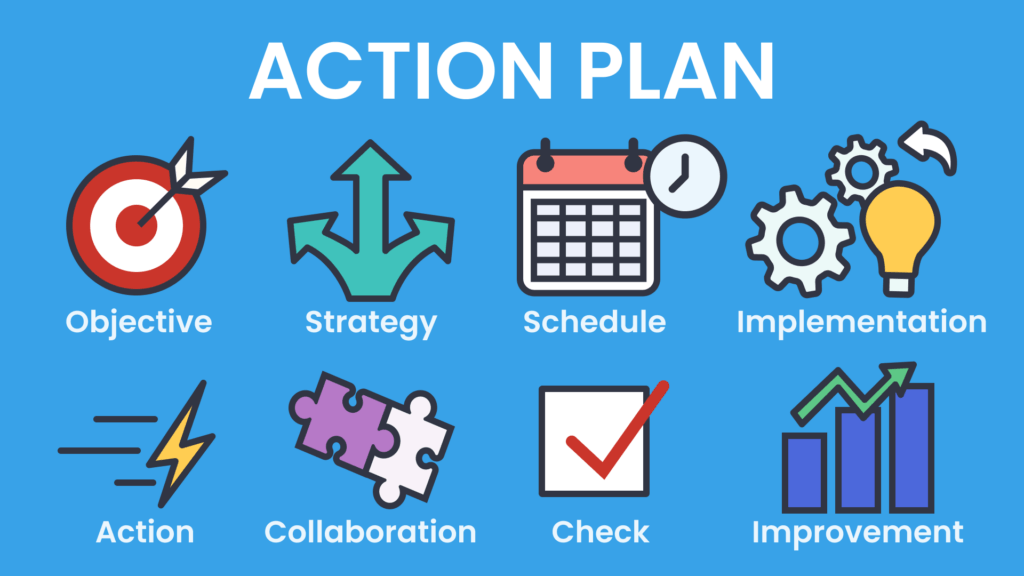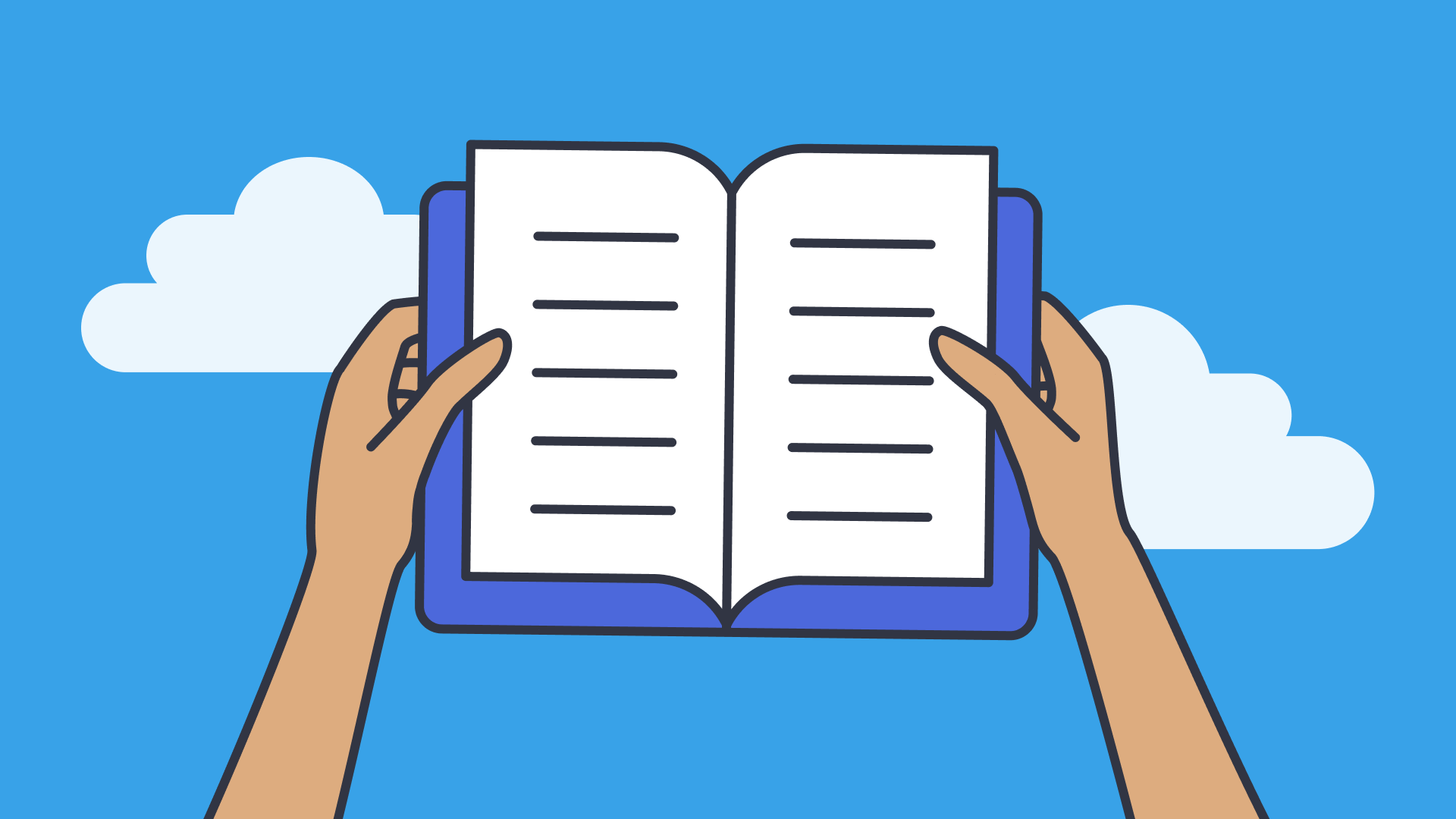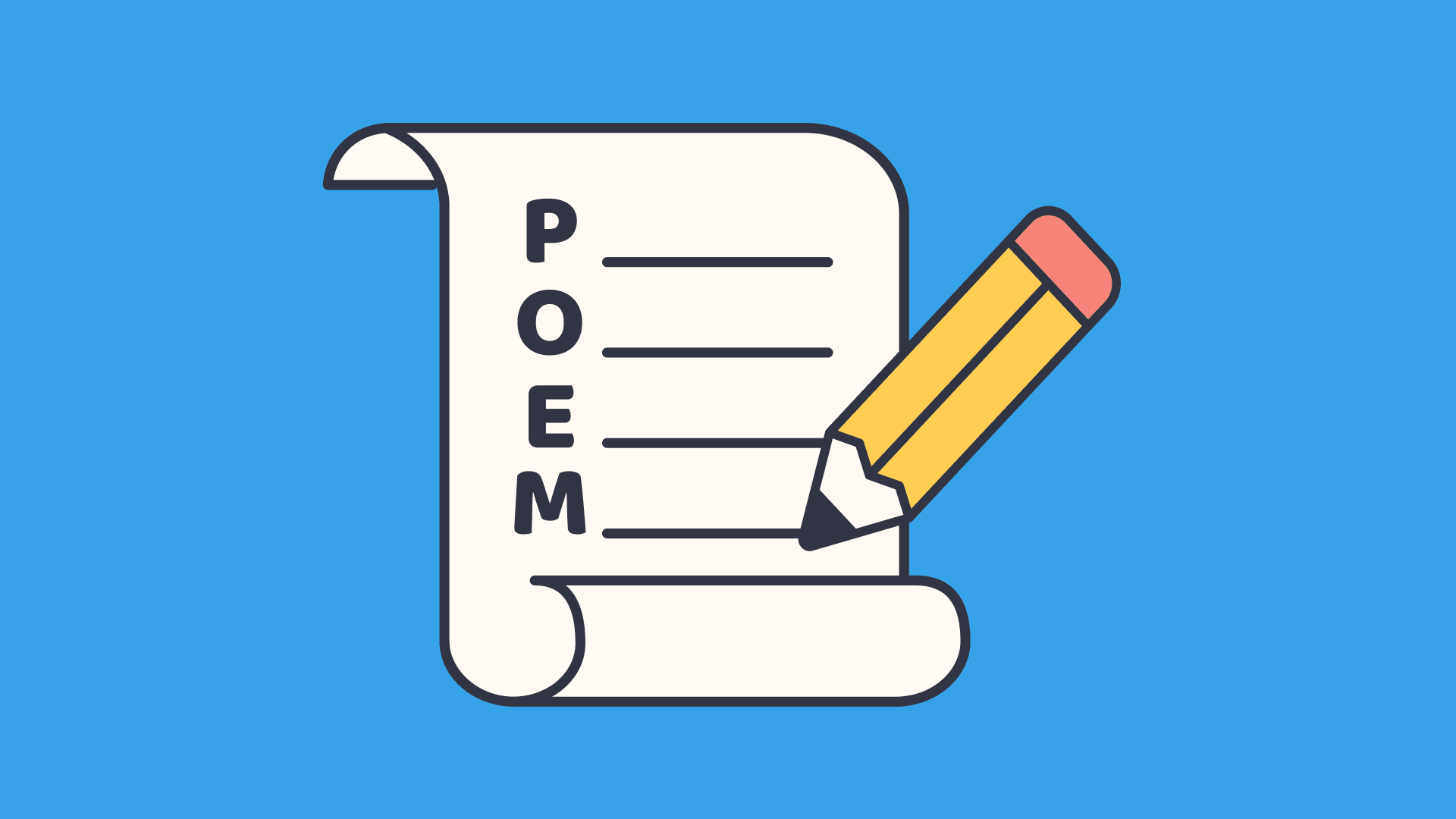12 Books every teacher should read to expand their perspective
In this guide
A professional athlete pushes themself physically during the off season to ensure they are at peak performance when the lights are the brightest. As an educator, I read during the breaks in the school year to recharge my batteries and push my creative boundaries.
Unfortunately the last thing most teachers want to hear is something else they should be doing as part of their job! Nonetheless diving into a great book that inspires you and offers actionable ideas is well worth the investment in time, whenever you can manage it!
The books mentioned in this article took me years to read and almost all of them were over the summer when I had the capacity to deeply engage with the content. I would highly recommend forming a small book club, if possible, because I guarantee you are going to want to talk about the ideas you come across while reading.
Why reading is essential for teachers
There is more treasure in books than in all the pirate’s loot on Treasure Island.
Walt Disney
Reading can not only provide practical strategies to implement as an educator but it can also broaden our understanding of the purpose of education and the individual learners we work with on a daily basis. Books can be a source of knowledge, therapy, and inspiration all in one.
Intentionally selecting books to read that can help me evolve my craft is an important form of professional development and it is something I encourage every teacher to add into their routine during their career.
Recommended books for teachers about education
The following books are really aimed specifically for people working in the field of education. There are a lot of books for teachers but sometimes I find their scope so narrow that it is often difficult to apply the concepts to my specific needs.
The books I highlight below are not ‘How-to’ guides. Instead, they weave anecdotal evidence and research together to create a new narrative of what is possible in our schools. They challenge certain long held beliefs and provide a healthy dose of optimism for the future of learning.

1) ‘Creative Schools’ by Sir Ken Robinson
This is a great one to start with; and I am not just saying that because it was the first meaningful book about education that I ever read! Robinson’s wit and passion fill each page not only with nuggets of information but also with laughter and hope for the future of education and educators.
This book started me on my journey of reimagining my classroom and the types of experiences I create for my students. Robinson critiques the traditional model of education built on conformity and standardization as opposed to innovation and personalization.
Reading this book is guaranteed to make you reexamine education norms and start thinking about a different future for learning for your students. Plus, he makes sure you will laugh and have fun along the way with a variety of wonderful anecdotes!
If I have not sold you on Sir Ken Robinson’s book, then watch his Ted Talk, Do Schools Kill Creativity? and I promise you will be convinced.
Inspired and want to help your students develop their creative skills? Get started with some of the videos below:
2) ‘#EdJourney’ by Grant Lichtman
This is a pretty short book, but it took me almost two years to finish as I found myself regularly drifting into deep thoughts about possibilities and missed opportunities in school with almost every page.
Lichtman takes readers on a tour of American schools that are pushing traditional educational boundaries and building towards a system geared toward the specific needs of their learners in the 21st century. It is so refreshing and motivating to hear about the people who took their ideas and turned them into action.
A lot of times it is easy to dismiss the success of other models because the circumstances differ from the environment in which we work. #EdJourney is a great read for everyone, no matter the school or district, as it includes examples from a variety of public/private, wealthy/underprivileged, and urban/rural schools to show that change is possible in a variety of settings.
Plus, this book is a great way to build a network of people in the field if you want to reach out to the incredible innovators that he highlights.
3) ‘How Children Succeed’ by Paul Tough
As teachers, it drives us nuts when students are not progressing and we try everything we can to help them improve. Our compassion is critical to our job role but, as Tough points out, well intentioned efforts to help can actually backfire.
No matter your location, grade, or subject matter you probably regularly encounter students who struggle to master the concepts you are trying to teach. You have also probably been a part of numerous professional development experiences focused on this topic and walked away without many real and effective solutions as each year we seem to sit through differently worded, by exactly the same solutions, given by different speakers.
Typically, when we are discussing struggling students we are staring at charts and data that measure very specific academic skills. Tough’s book presents compelling research that shows the importance of social-emotional learning in order to develop characteristics of grit, curiosity, and resilience in our students.
How many schools, for example, put a student struggling in math into a second math class to help them succeed? Instead, offering a course on developing successful mindsets and habits could have a much bigger impact on individual and group academic performance.
My biggest takeaway from this read was to avoid lowering standards or expectations for students who struggle. That can send a subtle but powerful message to the student that they are not capable of what their peers are doing. Increased opportunity and support for learners navigating challenges will instead help to build the confidence they need to face new obstacles in the future.
Want to learn more? The Create-to-Learn Projects: Social and Emotional Learning series is an amazing resource to help younger students develop the skills to succeed personally and academically.
For older students, I recommend the videos from Future Skills of the Workforce. Students will see why these skills are needed in the future and why it is important to start developing them right away.
4) ‘The Smartest Kids in the World’ by Amanda Ripley
Ripley takes an interesting approach in this book by following the experiences of students in Finland, South Korea, and Poland. While the main takeaways are at the policy level, it is still a great way to develop empathy for different student perspectives.
Even if you do not have the ability or interest in changing educational policy, the personal approach Ripley uses in this book is sure to help you pay attention to the variety of factors that can impact student outcomes within your classroom. Some simply are within our control as educators and others are not.
After reading the book, I wanted to visit Finland and take a closer look at their system of school and teacher preparation. I have not managed to do that yet, but the lessons I gained from reading this book have helped me to concentrate my energy on the elements of effective education that I have influence over on a daily basis, and to worry less about those of which I have no control.
Plus, Ripley’s analysis of different education systems demonstrates how much our schools reflect our cultural values. I think you will come away appreciating that there is no ‘one best way’ to ‘do school’ and that structures of learning need to align with the goals of that community.
5) ‘Teacher Man’ by Frank McCourt
My mom bought me this book during my first year as a teacher. She could see the frustration I experienced as the idealism I entered the profession with was slammed against the harsh realities of a large public bureaucracy that felt so impersonal.
McCourt’s memoir includes powerful and humorous reflections from his career as a high school teacher. His stories help emphasize how teaching is about human connection at its best. No matter how many obligations, requirements, or metrics are thrown at us, we are ultimately a part of a profession which must build relationships that help people grow as individuals.
This book is especially useful if you are feeling a bit defeated or are in need of a boost. This read helps you recognize the challenges of the profession are universal and when we get stressed, we often overlook the small wins that occur in our classrooms every day.
This is the only book on the list that I have read in its entirety more than once. It has, in fact, almost become a cheap form of therapy when I need it the most.
6) ‘Never Send a Human to Do a Machine’s Job’ by Yong Zhao
With the rush to keep up with the latest and greatest technology, we often fail to establish a model that can clearly guide our adoption and implementation of new tools to support learning. Zhao stresses the need for thoughtful integration of technology that empowers the skills that are uniquely human.
Whether you are afraid of how technology will disrupt education, or you are someone who is adopting each new tool as soon as it is available, this book will help you build a framework to ensure the focus of your pedagogy remains on the most important part of the job: learning.
The approach Zhao outlines applies no matter what new tech tool is developed. His book predates the AI debate that is currently raging but ultimately says- let tech do what tech does best and focus on the unique skills you bring to the table as a qualified educator.
I used the principles in this book while I was a Site Technology Leader to help my colleagues understand how these new tools could reduce the time doing the tasks we often bemoan. Utilize them so that we can free up more time to support and interact with our students on a more personal level.
Make sure you have a highlighter ready when you pick up this book because there are a lot of great lines that you will want to share with your colleagues.
Still not sure? Technology as a Tool does an amazing job emphasizing the need for intentional decisions and usage when utilizing online resources and multimedia.
Recommended books for teachers on a variety of topics
As much as I enjoy reading books specifically about education, I also find a lot of value in books about other topics. These books allow me to make connections with how that information can and should guide decisions about learning models or act as inspiration for my classroom environment and teaching strategies.
Stealing ideas and experiences of experts in a variety of fields helps me intentionally design learning experiences from a perspective outside of the school system. The following books added core principles to the how and why I teach.

7) ‘Build’ by Tony Fadell
This is the book I finished most recently and it feels like nearly every day I am referencing something from it! I recommended it to all of my Business students as they near graduation but I also feel that every teacher could benefit from the lessons included in this book.
Fadell helped create the iPod and went on to co-found Nest. The book itself is an honest and comprehensive reflection of his career since starting in high school. The book is full of stories about curiosity, failure, and perseverance.
Reading this book will make you question the rigid distinctions we make between different subject areas and challenge you to incorporate activities that have no clear solutions into your classroom. Fadell emphasizes the value of exploration and iterative design critical to developing the next generation of problem-solvers.
If you are a teacher who stresses to your students the importance of a growth mindset and becoming a lifelong learner, this book will provide you with a wealth of examples from Fadell’s life supporting these characteristics.
If nothing else, you may be so fired up by the end of this book that you decide to launch your own business!
8) ‘Don’t Make Me Think’ by Steve Krug
I read this book as part of my Master’s program in User Experience Design and it quickly became my favorite book that I have ever been required to read. Krug’s writing style and structure continually prove his point about how much design can impact our experience and results.
Even though the book is written for web designers, he does such a great job simplifying complex information and infusing humor that you can enjoy it and find value even if you do not know a thing about HTML.
The main premise of the book is to create situations that are easy for users (or in our case, learners) to navigate. Obviously, we want our students to think but we need to ensure that their cognitive power is spent on the learning goal and not the task processes.
The lessons from this book can be applied to a variety of educational situations but it can be especially helpful for anyone struggling with implementing new technological tools in the classroom. Teachers have suddenly had ‘instructional designer’ added to their job role with the adoption of a range of different learning management systems and web based instructional material but most of us have never received formal training. Krug’s book will help you simplify and target the importance of what will work in your classroom rather than becoming a Master of Technology.
This book may be the quickest read on the list but will definitely leave you with a handful of design principles that will make your life easier and help your students to be more successful at accomplishing their goals.
9) ‘The Design of Everyday Things’ by Don Norman
Simply put- I am a big fan of Norman! I have written about this book in other articles and have led professional development sessions on topics that are anchored in the wisdom Don Norman shares; ranging from learning spaces to curriculum development.
In fact, I would go so far as to recommend every human on the planet read this book whether or not they have a direct role in education! I would argue that we would all experience less frustration and more joy in our lives if the design principles Norman outlines in this book were common practice in our world.
Norman proposes a human-centered design approach when creating products and services to ensure that we are solving the right problem for the right people. He uses a variety of examples from various aspects of life to highlight the need for more compassionate design in our world (be prepared to be even more annoyed by the knobs on your stove top and the light switches that do not turn on the light you were hoping for…).
I especially appreciate his explanation of the role of feedback in effective design and this is clearly an area every teacher should be interested in. He will also help you to reframe problems and see difficulties from a new perspective.
To put his wisdom into teaching context – if so many students continue to struggle in math at school, maybe the problem is not that they are incapable of learning math. Perhaps, instead, the way we design math instruction is not aligned with how students learn. If we change the design, perhaps we can alter the behavior or outcomes rather than ploughing on dealing with the same problems ad nauseam!
Start, or continue, your exploration of human-centered design practices by watching this video about inclusive design. This will help you to develop a routine where you are constantly keeping the needs of your learners in mind when designing learning activities.
10) ‘The End of Average’ by Todd Rose
I actually use this book in my U.S. History class when we discuss the history of the American education system. It is probably the only time I read excerpts of a book aloud in class when all students are listening and engaged.
Rose discusses how a world designed for the ‘average’ person is one that does not really fit the needs of any person since the ‘average’ person does not actually exist. He expertly incorporates real world examples and extensive research to advocate for designs that are customizable and adaptable to better meet the needs of more individuals.
When we create classes or assignments aimed at the average then we unintentionally facilitate an environment where no one is fully seen or heard. If we plan instead leaning into student differences and strengths then we can build a learning environment where students are more engaged and work with a stronger sense of purpose.
If you have ever needed a resource to justify celebrating the unique abilities of individual students and using differentiated instruction to escape the impersonal of standardization, The End of Average is the book for you.
UDL is an amazing framework if you are looking for ways to design for the individual rather than the average. The Designing Online Learning Experiences series includes a variety of videos explaining how to incorporate Universal Design for Learning (UDL) into your lessons.
11) ‘Creative Acts for Curious People’ by Sarah Stein Greenberg
If you have a bad taste in your mouth when you hear the word ‘icebreakers’ then pick up this book and you will have an entirely new appreciation for exercises designed to promote teamwork and creativity. This book is a collection of activities from the Stanford Design School that can inspire you to create the conditions necessary for collaboration and innovation in your classroom.
The ideas range from quick, 5-minute warm-ups to jumpstart a class to weeklong challenges that will get students exploring new ways of thinking. Although most of the activities are not specifically intended for students, every one I have tried with my students has worked brilliantly.
I make my freshmen participate in a ‘Rock, Paper, Scissors’ competition on the first day before I even introduce myself or the class. This gets them out of their comfort zone and helps them understand the year ahead will not be like a traditional class.
Just know that once you share this book with your colleagues you will have competition over who can use which exercises because they are quick to implement and are guaranteed to be a hit with the students.
12) ‘Made to Stick’ by Chip Heath and Dan Heath
If you are a teacher and you have never uttered a phrase to a class similar to “we went over this last week, how do you not remember?”- then I would have serious questions about your own memory. We all have so much going on in our lives so we need to use effective strategies to make sure learning is a permanent activity and not a temporary one.
There are a number of great books about pedagogy and human learning but I have found industry related topics share the same ultimate goals and tend to be more enjoyable to read. An advertising agency has a similar motivation to an English teacher so why not borrow the techniques used by successful businesses?
Dan and Chip Heath explain their six-part framework to help make ideas “sticky.” While you read you will find yourself thinking about ways to incorporate more stories into your teaching, using emotion, and simplifying ideas to increase your impact.
I read this book before I became a parent and now I’m not sure if I use these techniques more with my own kids or with my students! I also love how, by using these strategies, I am also modeling effective communication for my students.
Check out Crash Course Psychology’s How We Make Memories to learn more about the science behind the way the brain works when it comes to learning and remembering.

How to incorporate insights from books into teaching
When I first started reading books to inform my practice I found myself full of inspiration and ideas but a bit overwhelmed about how to actually apply this new information. As a result, I have tried to develop some simple steps to transform ideas into action.
First, I try to pull out 2-3 insights or big ideas from each book to focus on making action and change more manageable and concrete. I then take my notes or highlights and right down a short list in simple words of the ideas I want to move forward.
When deciding what to prioritize I consider the impact and possibility of success.
Next, I work on identifying key partners that can help support this journey since it is difficult to implement meaningful change alone. Sometimes this means working with colleagues, other times it is getting a buy-in from administration. My favorite though is when it involves industry partners or community organizations. Either way, find people that either share the same passion or you need on your side to make it happen.
Finally, I create a short action plan and find a way to start immediately before I lose motivation or clarity about the mission.
- Pick a simple first step to build some momentum.
- Then start testing out ideas.
I understand that any change will be a work in progress so I view every attempt as a way to learn information that will inform my next steps.
The beauty with this approach is that it is impossible not to grow as a professional even if you do not accomplish your original goal. You will find some things that work in your situation and a bunch that do not, either way you have grown as a person and a professional.
Whether you achieve success or simply learn from the mistakes, you will find the experience energizing and meaningful.
As teachers we often find ourselves taking too narrow an approach to professional development and focus on very specific needs or issues limited to a particular circumstance or student. When we broaden our scope, a whole new world of possibilities and approaches become open up to us.
Throughout my career I have embarked on numerous initiatives aimed at reaching a specific target. When you step back however, sometimes you realize you might be getting close to hitting that target but you have been aiming at the wrong target all along.
Reading a variety of books helps us get away from the immediate needs and issues of our daily work and allows us to consider the bigger picture. And that is sometimes the first step in creating a better system that truly meets the needs of all stakeholders.

Nick Schwab
briefcase iconLearning Experience Designer
Nick combines his background in psychology, education and design to create physical and digital experiences that empower, engage, and excite learners. His passion lies in constantly developing new learning pathways for students that challenge the status quo in education.
Other posts
Want more content like this?
Subscribe for blog updates, monthly video releases, trending topics, and exclusive content delivered straight to your inbox.
















